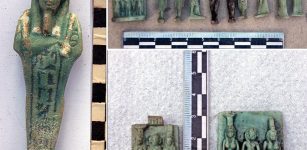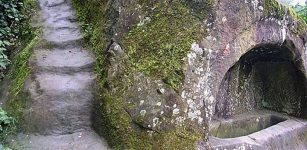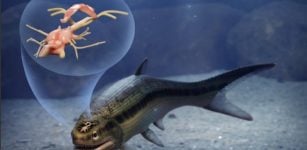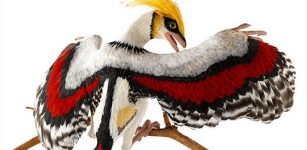Gigantic 4.5-Meter-Long Mammal ‘Cousin’ Discovered
MessageToEagle.com – For the first time, fossils from a new species of gigantic dicynodont were found by Polish and Swedish researchers from Uppsala University and the Polish Academy of Sciences (Warsaw). The discovery was made in the Polish village Lisowice, Silesia, Poland.
The Lisowicia was about the size of a modern-day elephant, about 4.5 meters long, 2.6 meters high and weighed approximately 9 tons, which is 40 percent larger than any previously identified dicynodont. Analysis of the limb bones showed that they had a fast growth, much like a mammal or a dinosaur.
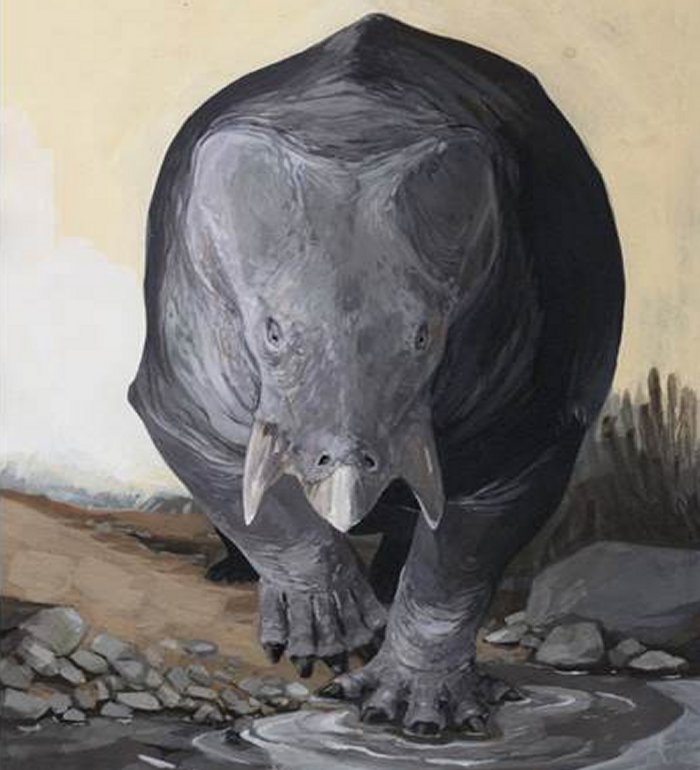
It lived during the Late Triassic, about 210–205 million years ago, about 10 million years later than previous findings of dicynodonts.
During the Triassic period (252–201 million years ago) mammal-like reptiles called therapsids co-existed with ancestors to dinosaurs, crocodiles, mammals, pterosaurs, turtles, frogs, and lizards. One group of therapsids are the dicynodonts.
The species was named Lisowicia bojani after the village and a German comparative anatomist named Ludwig Heinrich Bojanus who worked in Vilnius and is known for making several important anatomical discoveries.
The Lisowicia was about the size of a modern-day elephant, about 4.5 meters long, 2.6 meters high and weighed approximately 9 tons, which is 40 percent larger than any previously identified dicynodont. Analysis of the limb bones showed that they had a fast growth, much like a mammal or a dinosaur.
It lived during the Late Triassic, about 210–205 million years ago, about 10 million years later than previous findings of dicynodonts.
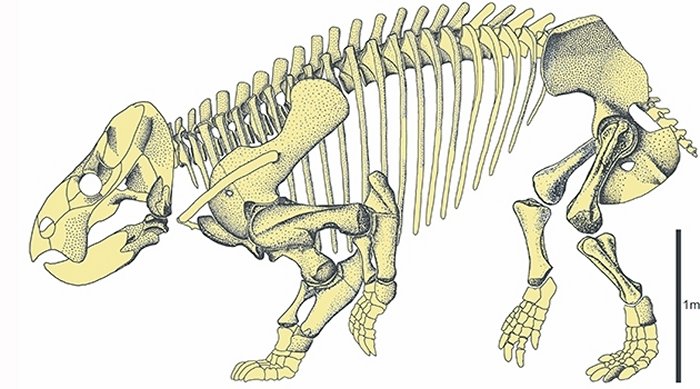
Skeleton of Lisowicia bojani. Photograph: Tomasz Sulej
“The discovery of Lisowicia changes our ideas about the latest history of dicynodonts, mammal Triassic relatives. It also raises far more questions about what really make them and dinosaurs so large,” says Dr Tomasz Sulej, Polish Academy of Sciences.
“Dicynodonts were amazingly successful animals in the Middle and Late Triassic. Lisowicia is the youngest dicynodont and the largest non-dinosaurian terrestrial tetrapod from the Triassic. It’s natural to want to know how dicynodonts became so large. Lisowicia is hugely exciting because it blows holes in many of our classic ideas of Triassic ‘mammal-like reptiles’,” says Dr Grzegorz Niedzwiedzki at Uppsala University.
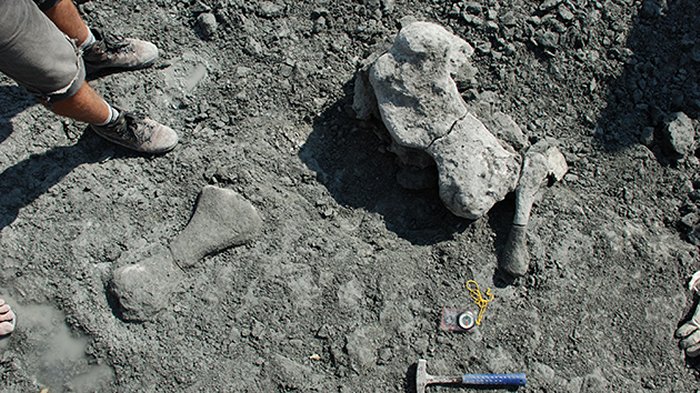
The first findings of fossils from Lisowice in Poland were made in 2005 by Robert Borzęcki and Piotr Menducki. Since then, more than 1,000 bones and bone fragments have been collected from the area, including fossils from Lisowicia. The area is thought to have been a river deposit during the Late Triassic period.
The discovery of Lisowicia provides the first evidence that mammal-like elephant sized dicynodonts were present at the same time as the more well-known long-necked sauropodomorph dinosaurs, contrary to previous belief. Sauropodomorphs include species like the Diplodocus or Brachiosaurus.
It fills a gap in the fossil record of dicynodonts and it shows that some anatomical features of limbs thought to characterize large mammals or dinosaurs evolved also in the non-mammalian synapsid.
MessageToEagle.com


